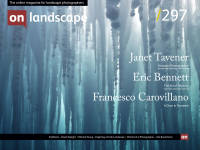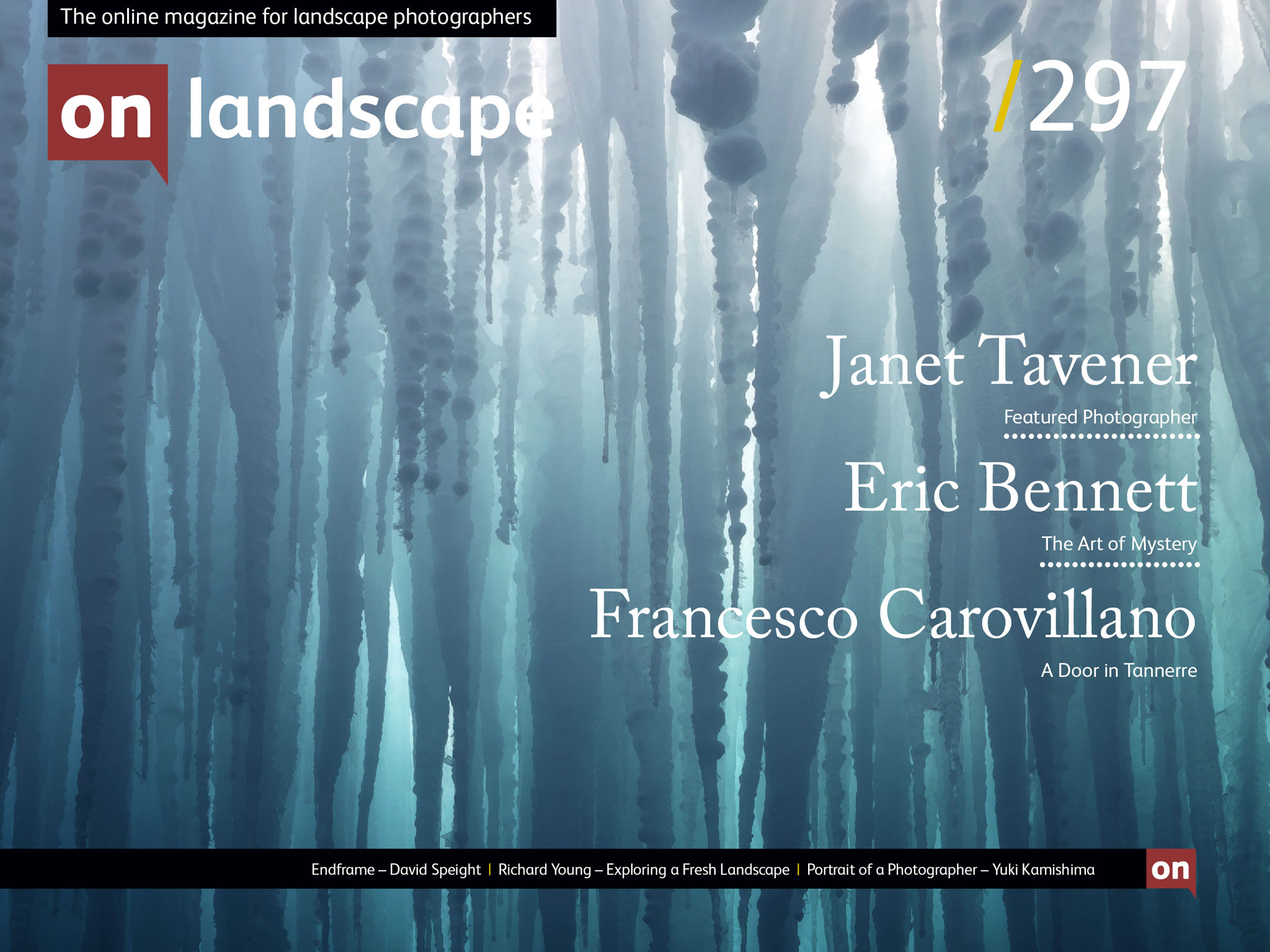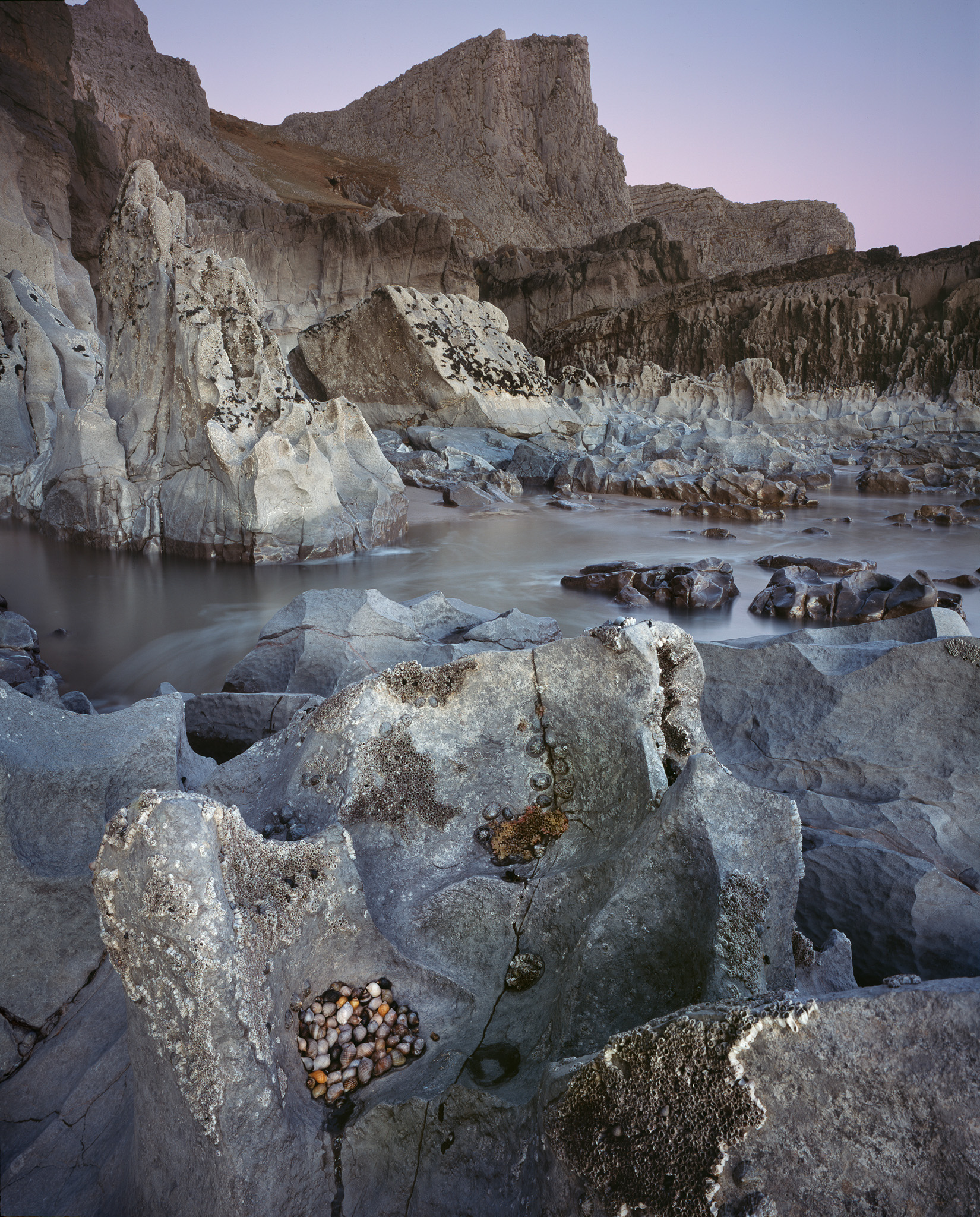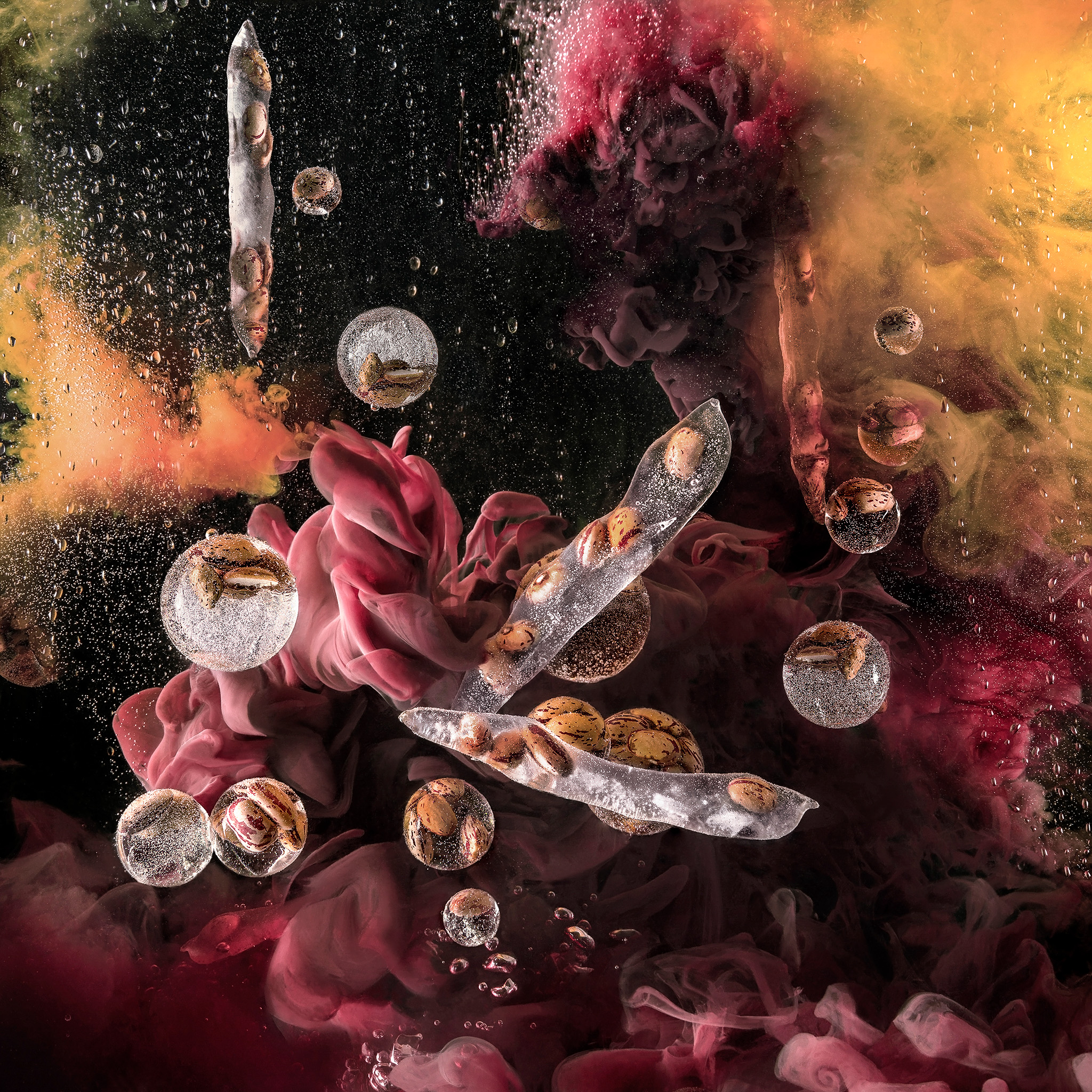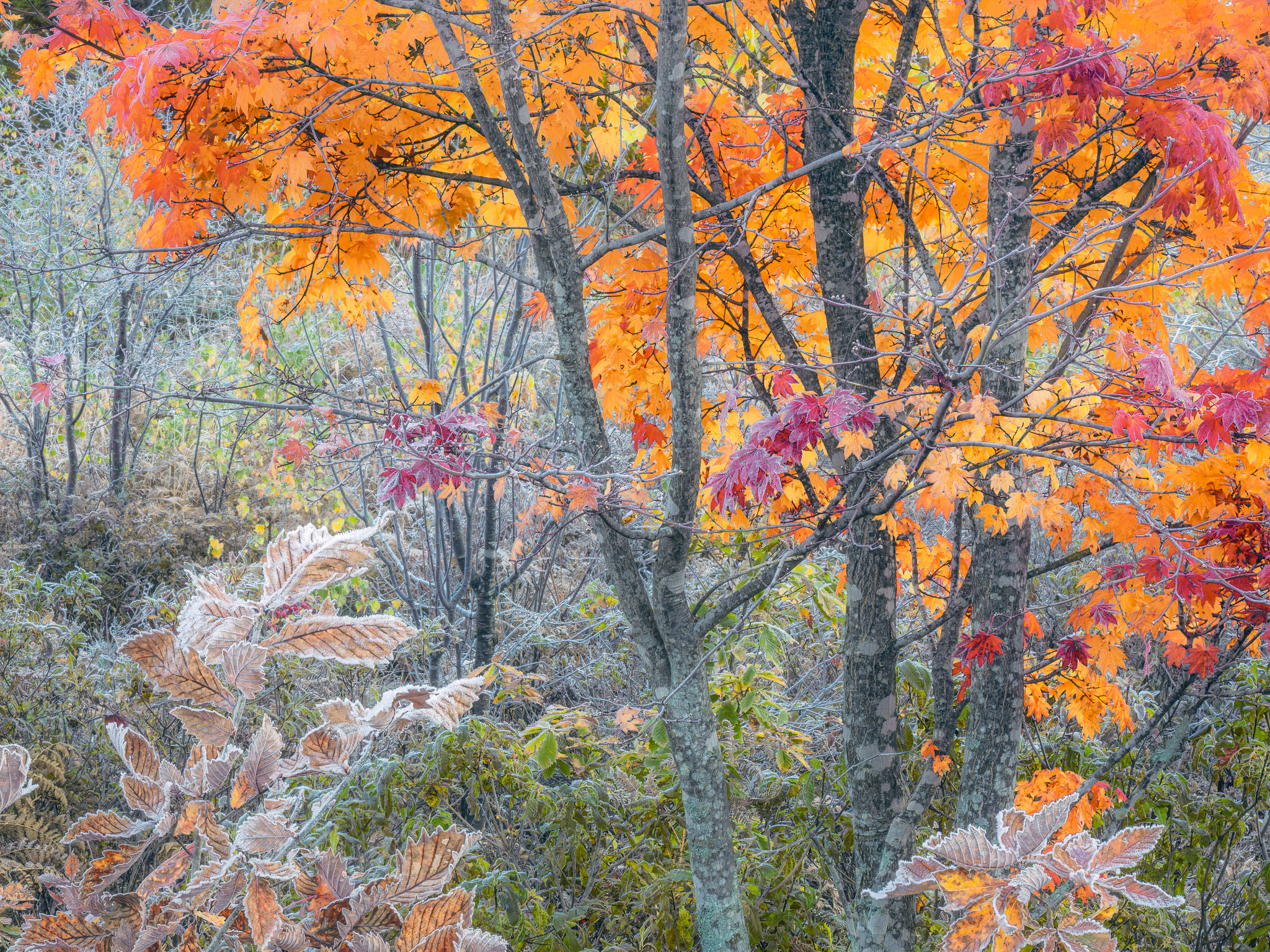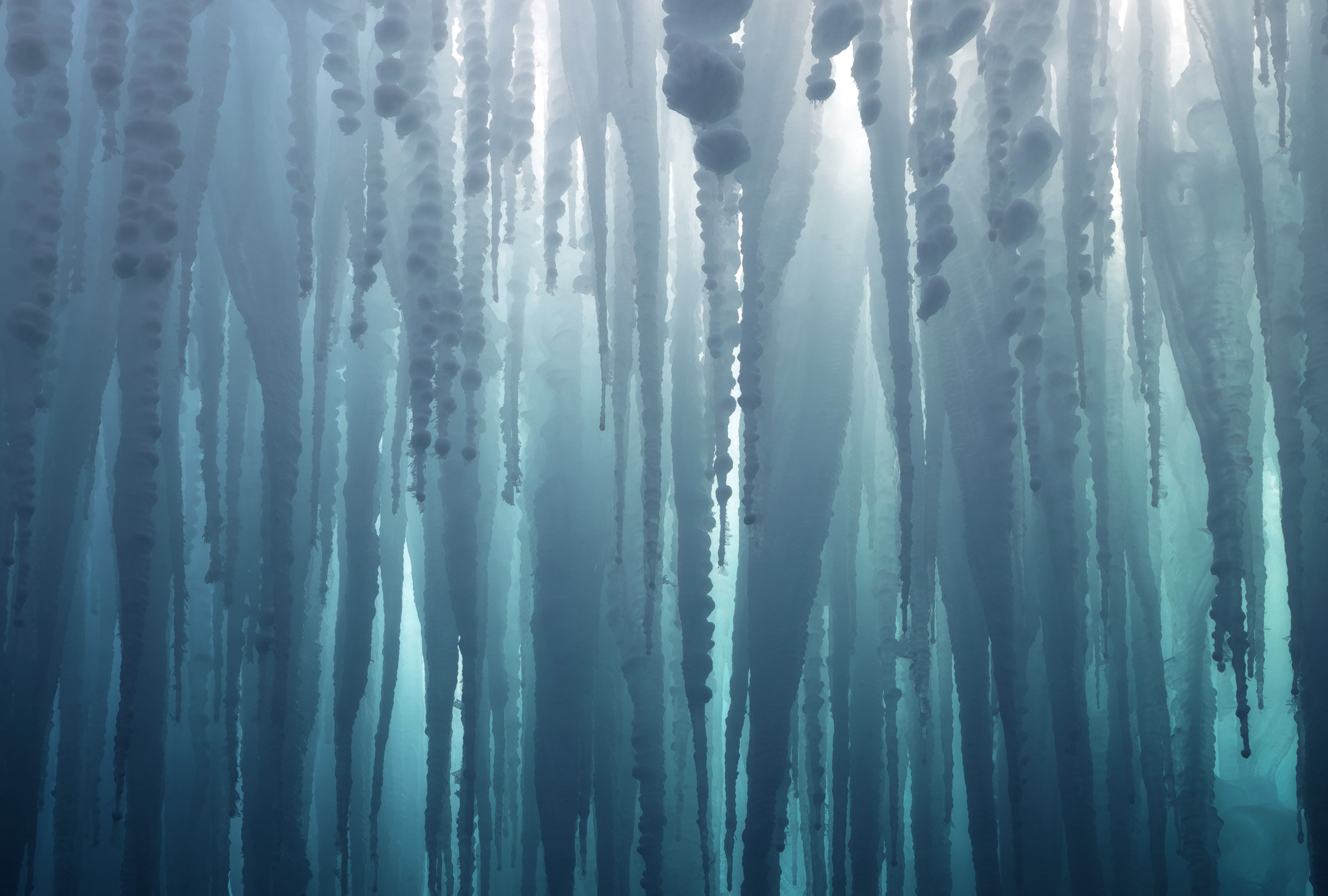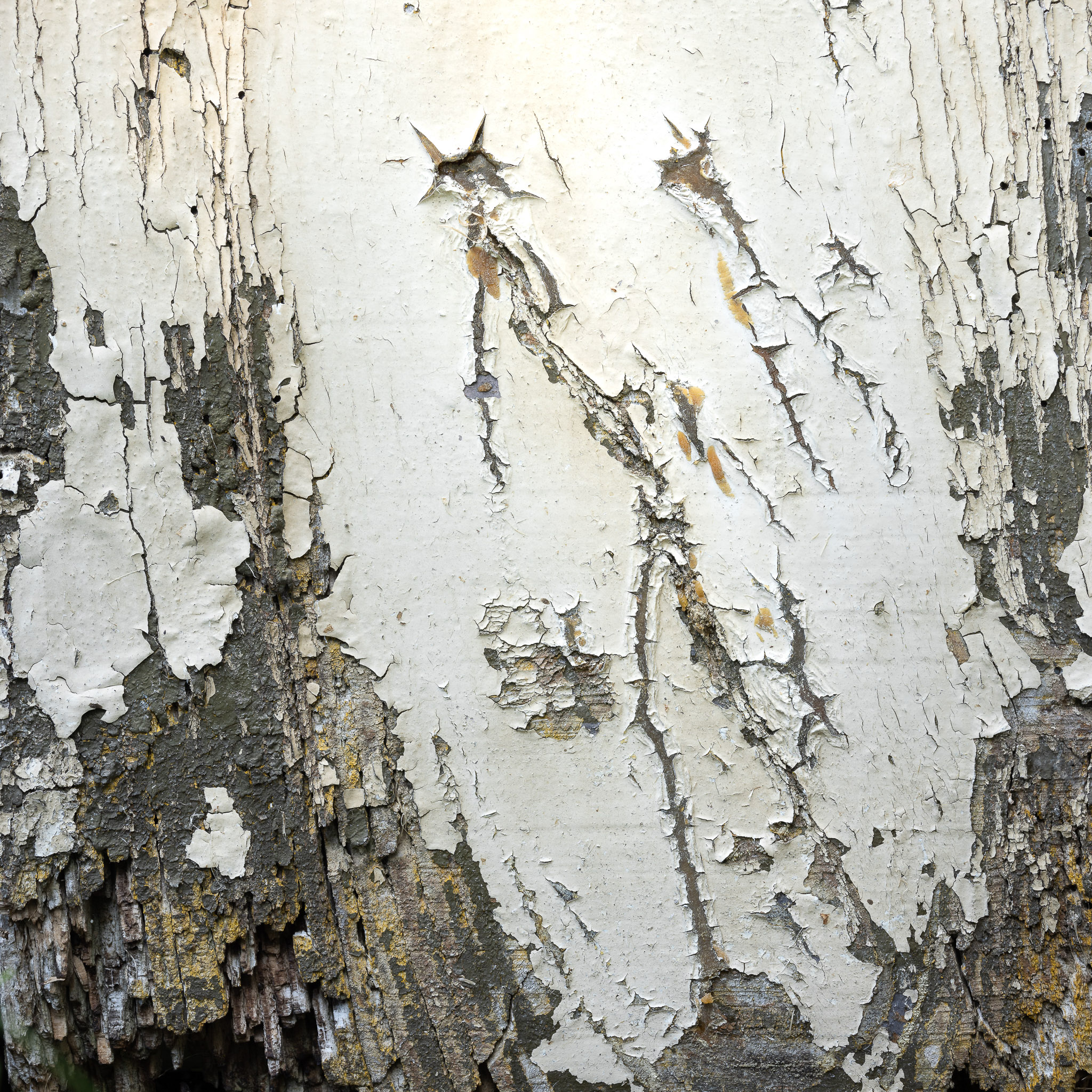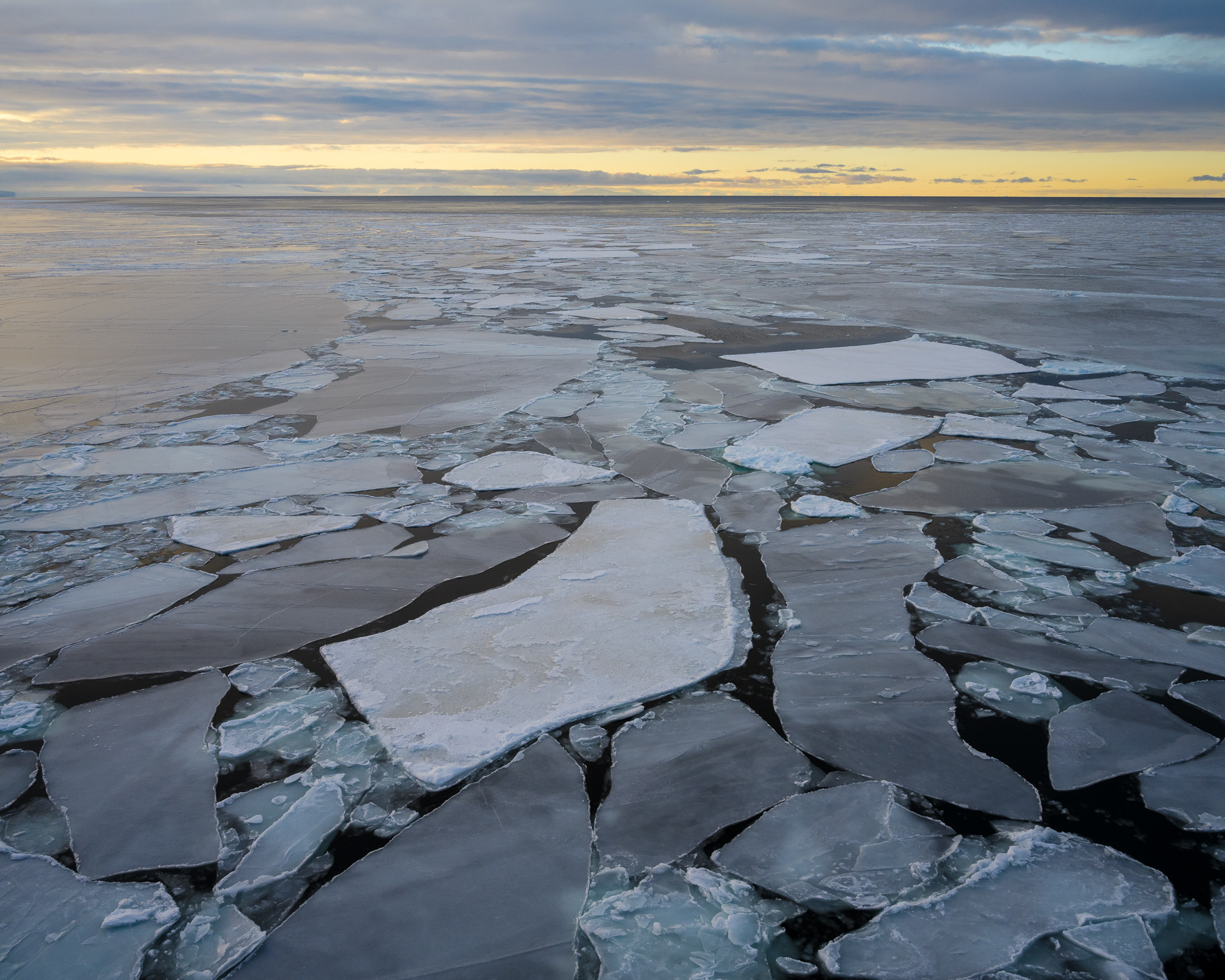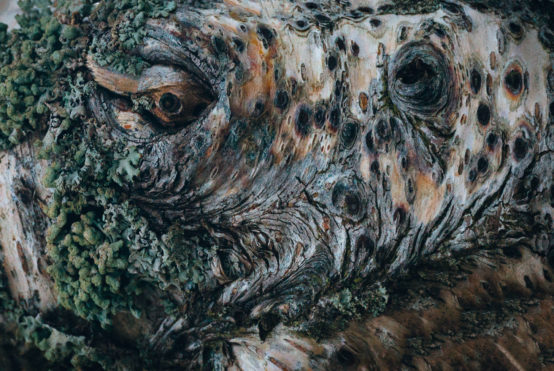sponsored by ..


Eric Bennett’s article in this issue reminded me of something that became very clear when I started to judge photography competitions. The element of ‘surprise’ and ‘mystery in a photograph can be incredibly powerful, so much so that it trumps many other ‘photographic’ qualities. In short, if an image has something about it that intrigues you or surprises you, the chances are that you will pay it more attention. If it still has you asking yourself questions when you’ve looked at it for a few seconds, it’s got you hooked. This is the same psychological phenomenon that advertisers (and influencers) use to get you to view or click on social media posts. If you see something that makes you wonder what is going on, you are so much more likely to click - hence ‘clickbait’. The most peculiar example of this is when someone posts a random photo and adds an arrow pointing at something. We just can’t resist wanting to know why the arrow is there!
Just like clickbait, you really do have to have something beyond the ‘bait’ in order for people to be properly engaged. If you can manage this, then you’ve not only engaged our monkey brain to grab attention, but you’ve also satisfied our higher functions in delivering something satisfying. Have a read of Eric’s article for more examples of how this can be used in your photography. The downside of this is that it can sway a judge’s votes in a competition. Well-composed images of interesting subjects can end up getting less attention than intriguing abstracts, regardless of the quality of the photograph.
Your work doesn’t have to be some sort of abstract puzzle to make the most of this; the way the light plays on a landscape can be engaging in a similar way, or unusual frost patterns, the way the leaves have gathered in a pond, an unusual display of lichen, etc. Whatever intrigues people will gain more attention. An example of my own photography was a birch tree on Rannoch Moor shown below, showing just how engaging pareidolia can be.
Click here to download issue 297 (high quality, 102Mb)
Tim Parkin

Issue 297
Click here to download issue 297 (high quality, 102Mb) Click here to download issue 297 (smaller download, 48Mb) more

End Frame: Shell Pocket Twilight by Joe Cornish
While looking through First Light, it also dawned on me that many of the images in the book, especially Shell Pocket Twilight, are much more than just a photograph. more

Janet Tavener
I was drawn to Janet’s images by their fluid beauty but they may challenge you to think about your own definition of photographic genre, for all that we do is interconnected and our path into revelation may be our own life experiences. more

Yuki Kamishima – Portrait of a Photographer
I find myself most enamoured by their intricate and beautifully constructed abstract photographs. The way that Yuki leverages light and composition to showcase the smaller details found in winter has me returning to their work repeatedly. more

The Art of Mystery
As a photographer working to inspire an attitude of conservation in a world that values natural places less and less each day, I intentionally create images to show others that wilderness has much more to offer us in its unspoiled state than anything we could possibly extract from it materially more

A Door in Tannerre
Unless Art Wolfe reads this text, he will never know about his impact on my photographic journey. Like him, we too, by simply practising our passions and sharing our stories, may never know who we may inspire and how we may flare up someone else’s creativity more

Exploring a Fresh Landscape
I find it isn’t possible to tell a story from a first impression. A story needs to unfold in layers, requiring a continuous cycle of reflection. An additional element to the challenge would be having no constraints or boundaries initially. more

